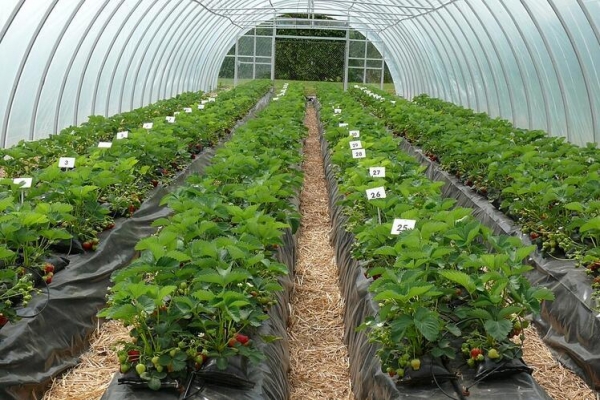Like every industry, modern farming relies heavily on plastics. Think plastic mulch lining vegetable beds, PVC pipes draining water from fields, polyethylene covering high tunnels, and plastic seed, fertilizer, and herbicide packaging, to name a few. In a new review article, University of Illinois Urbana-Champaign researchers say these plastics are now widely dispersed in agricultural soils in the form of microplastics and nanoplastics.
That’s not necessarily new; microplastics have been found in nearly every ecosystem and organism on Earth. The twist, according to the College of Agricultural, Consumer and Environmental Sciences (ACES) researchers, is that micro- and nanoplastics in agricultural soil could contribute to antibiotic resistant bacteria with a ready route into our food supply.
“Plastic itself may not be very toxic, but it can act as a vector for transmitting pathogenic and antimicrobial resistant bacteria into the food chain,” said study author Jayashree Nath, postdoctoral researcher in the Department of Food Science and Human Nutrition in ACES. “This phenomenon is not very well known to people, so we wanted to raise awareness.”
Read more at: University of Illinois Urbana-Champaign
Plastic mulch used in strawberry cultivation, shown here, is only one example of plastic use in agriculture. (Photo Credit: Glysiak via Wikimedia Commons)


